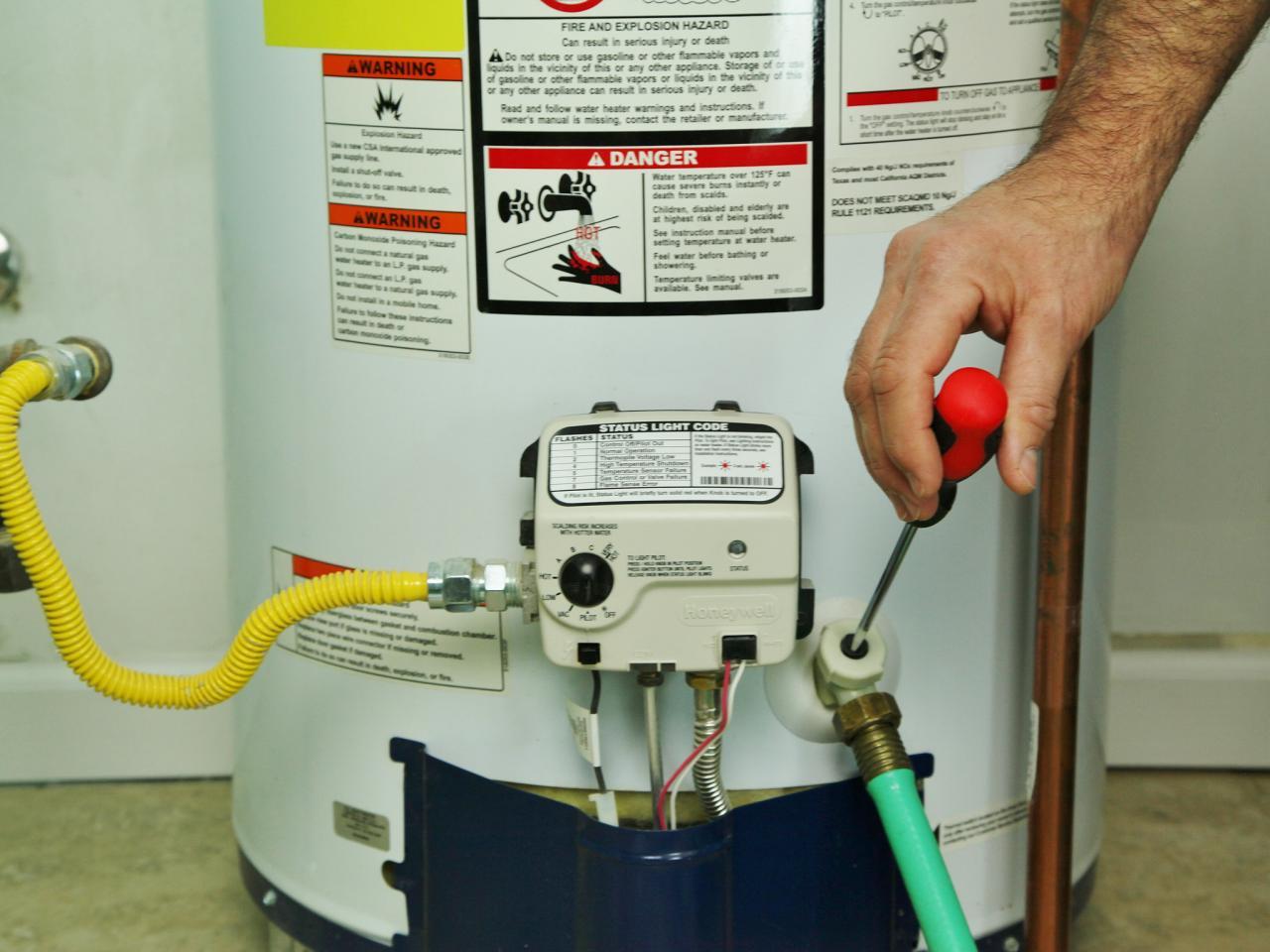5 Reasons Why Your Gas Water Heater Pilot Light Won’t Stay Lit

5 Reasons Why Your Gas Water Heater Pilot Light Won’t Stay Lit
Picture this, you wake up in the morning and your water won’t heat up. What do you do? Well, unless you want to start the day without a shower, you battle the elements and embrace the bone-chilling cold. When a pilot light won’t stay lit on your gas water heater, this is exactly what you can expect. Even after trying to relight the pilot light, you still may experience it going off. So what’s the deal? Here are 5 reasons why your pilot light won’t stay lit and how you can fix it. If you need help with your water heater and aren’t sure what the issue is, please let us know what you need and one of our professionals will assist you.

- The thermocouple is bent. A thermocouple is located in the pilot assembly at the bottom of the water heater. It is made of a small rod and copper wire and serves as a safety device to turn off the gas when a problem appears. When working properly, the pilot light will hit the thermocouple rod which generates a small electrical current to keep the gas valve open. If the thermocouple is bent too far away from the pilot, the entire water heater will not function properly. If you follow proper safety precautions and turn your gas off, you may be able to bend the thermocouple back into place.
- The thermocouple is too dirty. If the thermocouple is dirty, you may experience a decrease in the output of electrical current. Dirt and grime are not uncommon to experience and cleaning this should not be too difficult. Again, follow safety precautions by turning your gas off and make sure the thermocouple is cool to touch. For best results, use a piece of sandpaper and clean the dirt and grime away.
- The thermocouple has been damaged. There is a chance that your thermocouple has simply gone bad and is the reason your pilot light won’t stay lit. If you’re fairly certain this is the source of the problem, you will either need to have the thermocouple replaced or repaired. Lucky for you, the parts needed for the replacement/repair should cost under $20 and the time to repair won’t be long. This will allow you to save on expensive labor costs. To ensure the thermocouple is damaged, use a multimeter to test the voltage coming through. Any voltage reading below 20 MV indicates a damaged thermocouple.
- The pilot tube is dirty. It is common for dirt and debris to build up in the pilot tube. If too much builds up, the flow of gas can be blocked. Luckily, cleaning out the pilot tube isn’t difficult and you can do it without professional assistance. To start the process, turn off the gas and wait for the tube to cool. Once cooled, use a needle to clear anything that may block the flow of gas. After everything has been cleaned out well, turn the gas back on and see if the pilot lights. Obviously, if it doesn’t, your issue likely isn’t caused by the pilot tube.
- There is an issue with the flex tube. The flex tube connects the gas controller to the system. An issue with the flex tube is less common but will limit the stream of gas for the system to operate. Make sure there are no kinks in the tube, and if there are, undo those kinks to potentially solve the problem. If removing the kink doesn’t work, it is likely that new tubing will need to be installed.
Pilot Light Won’t Stay Lit Still?
If you have tried everything and you pilot light still won’t stay lit, you may want to consult with a professional plumber. On Great Pros, our network of plumbers are experts with gas water heaters and won’t have any problem assisting you. All professionals are properly licensed, bonded, insured, and background checked so trust will never be an issue.




